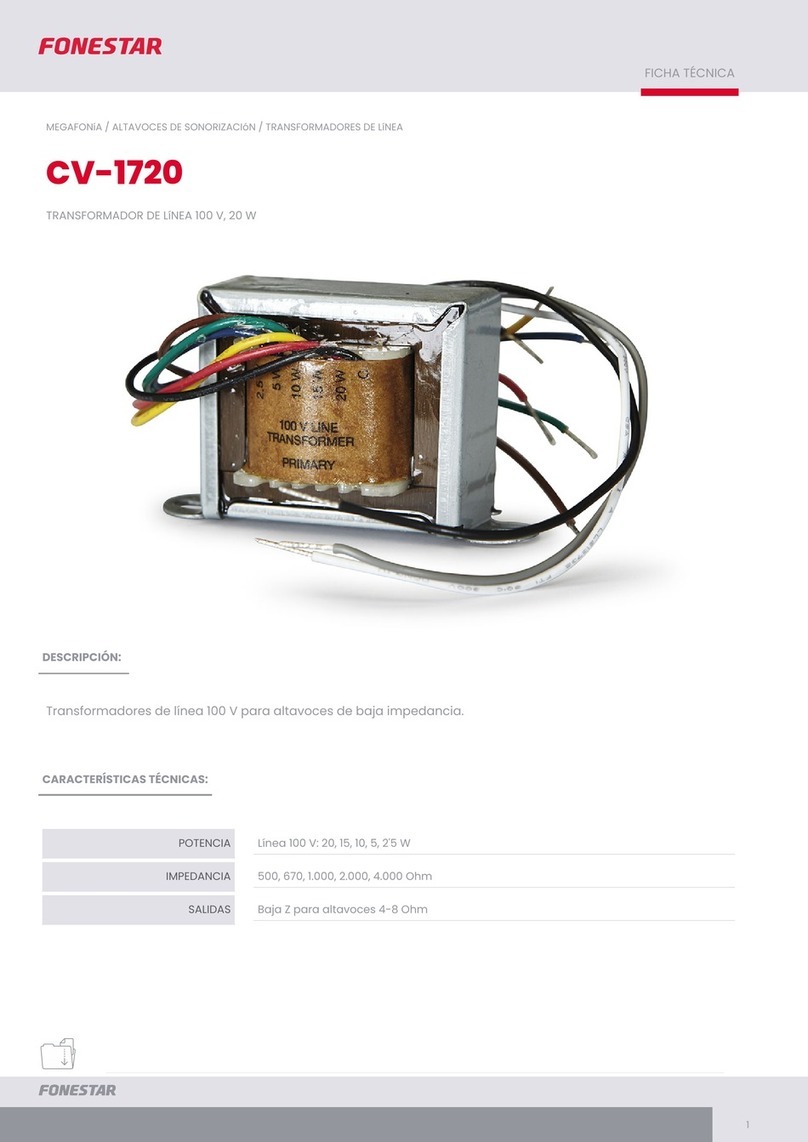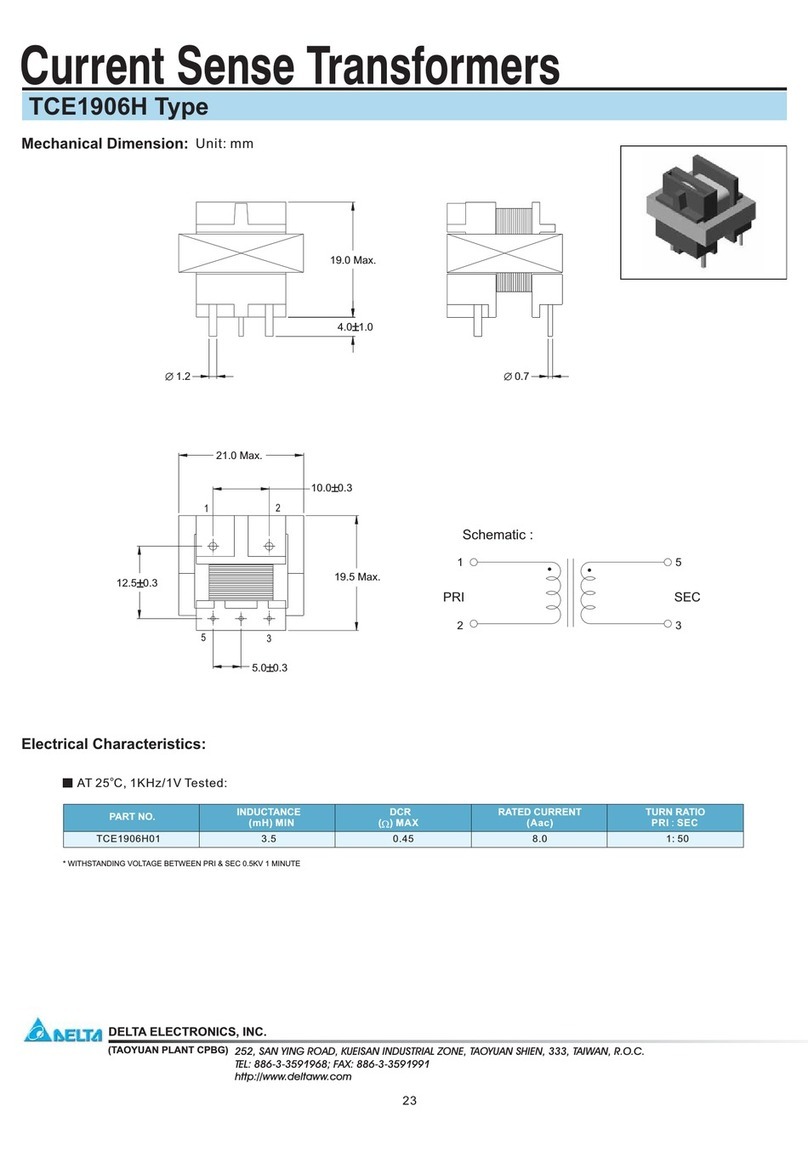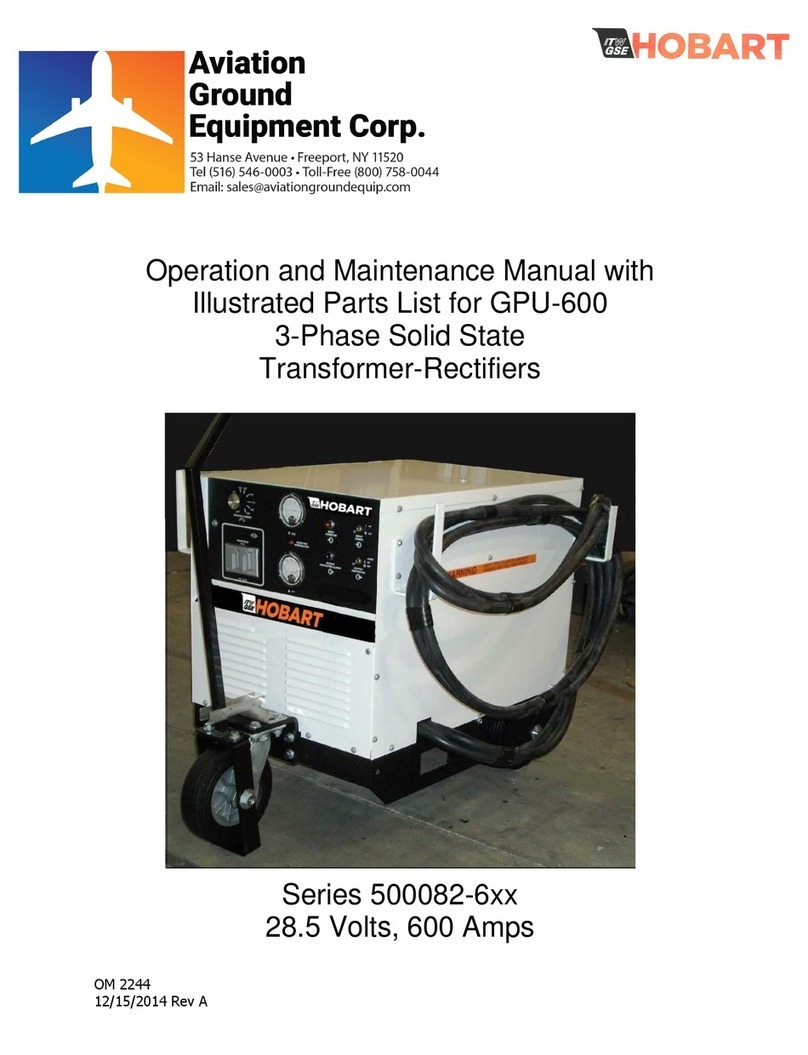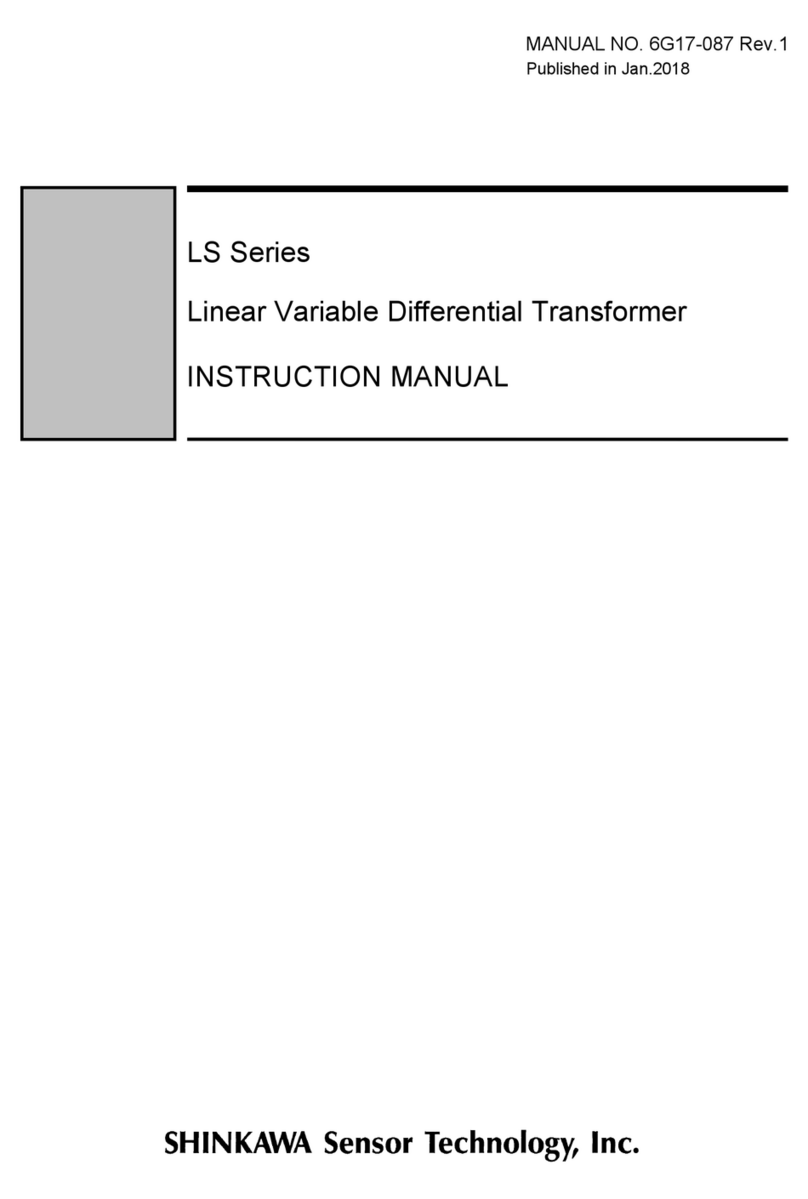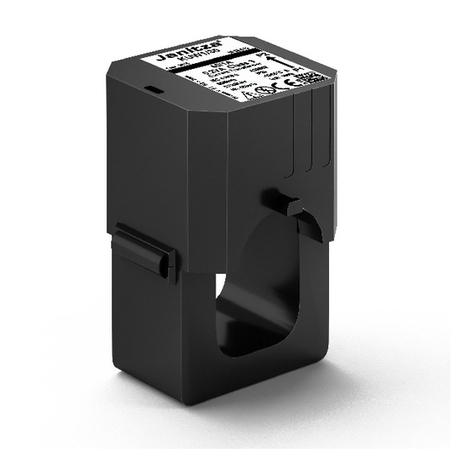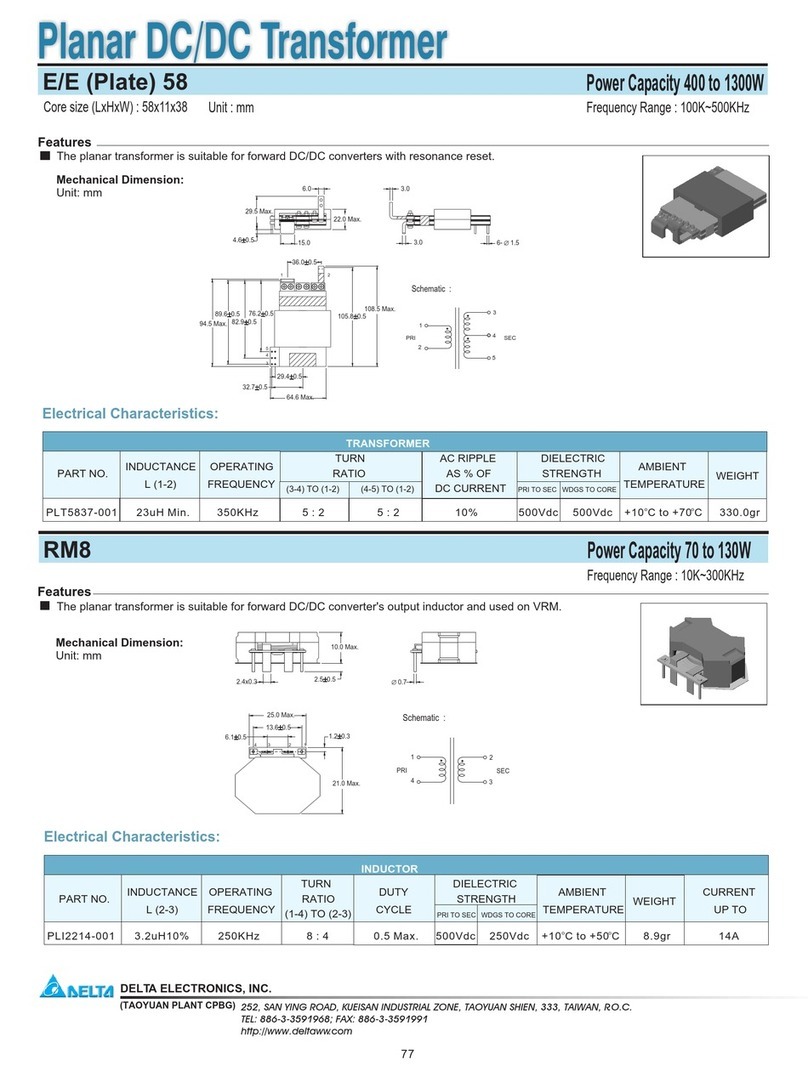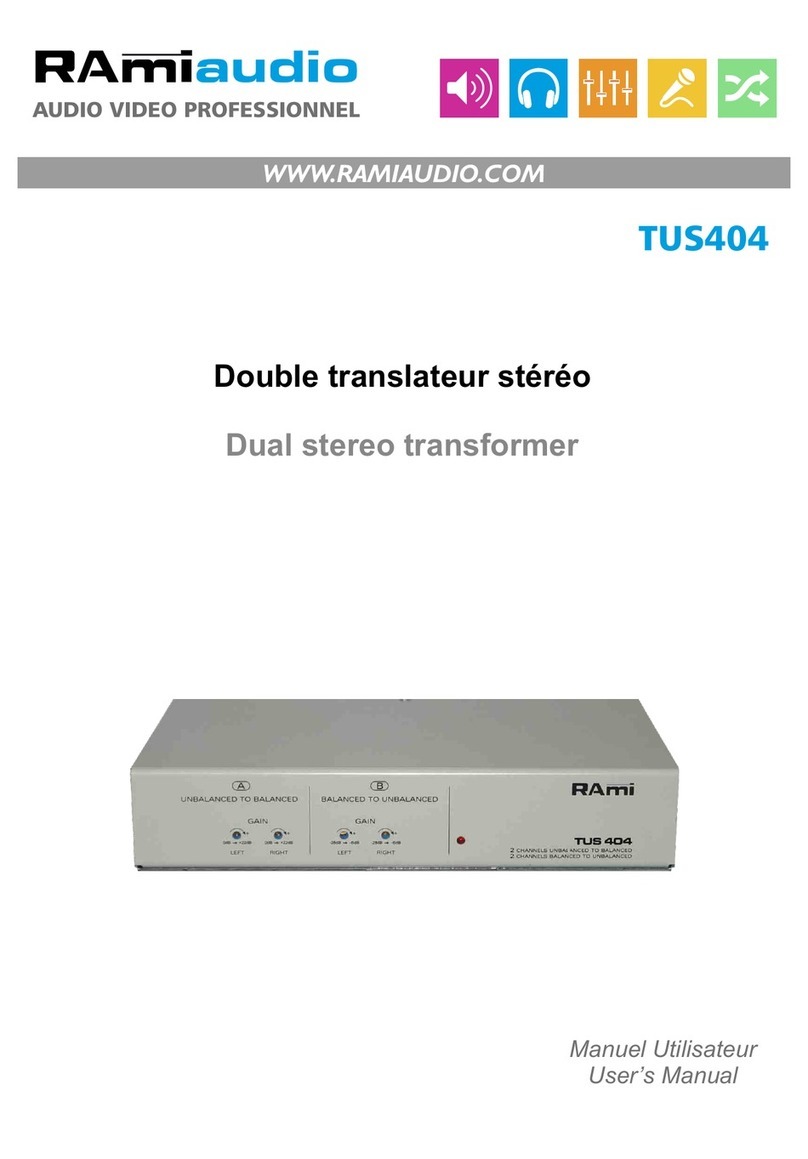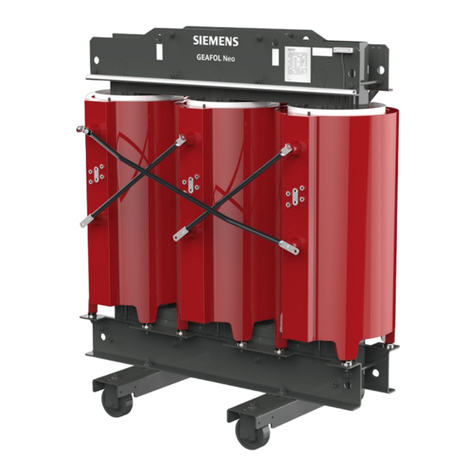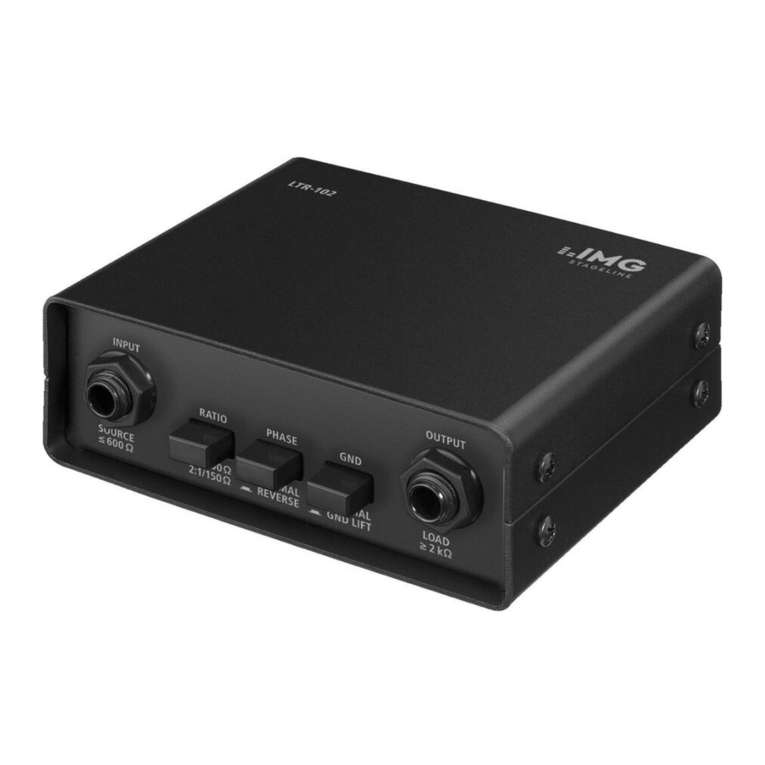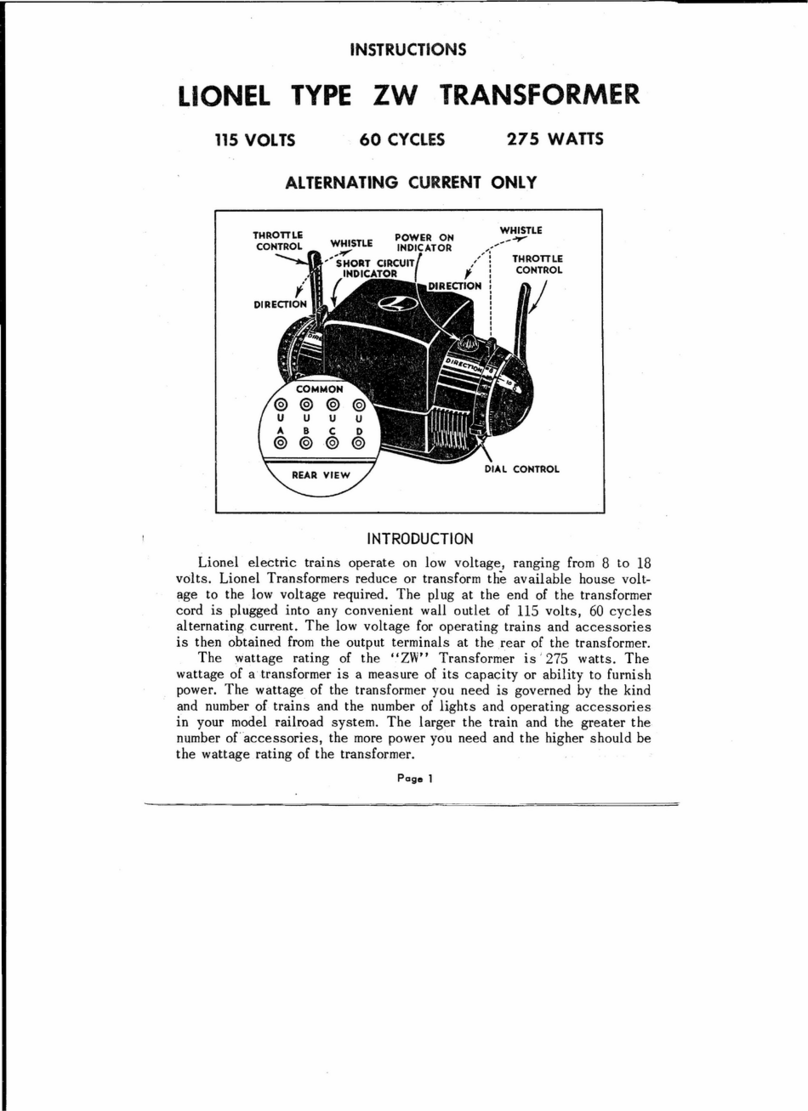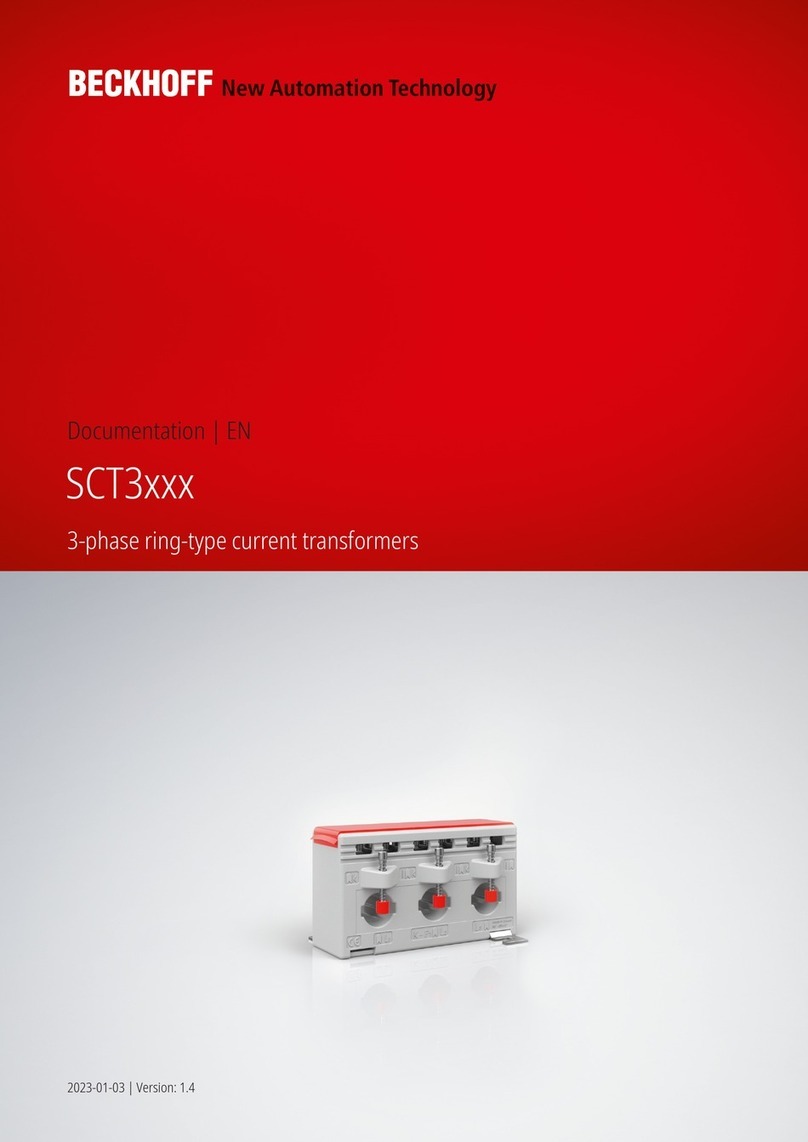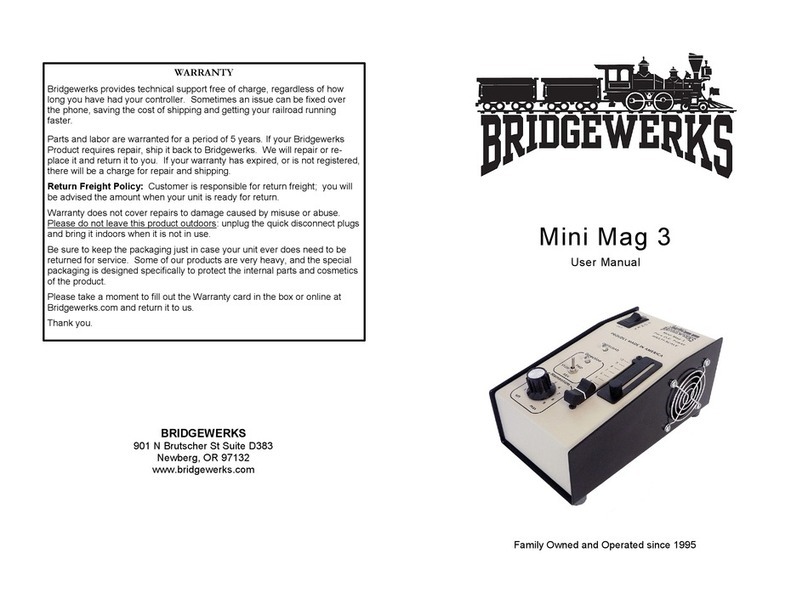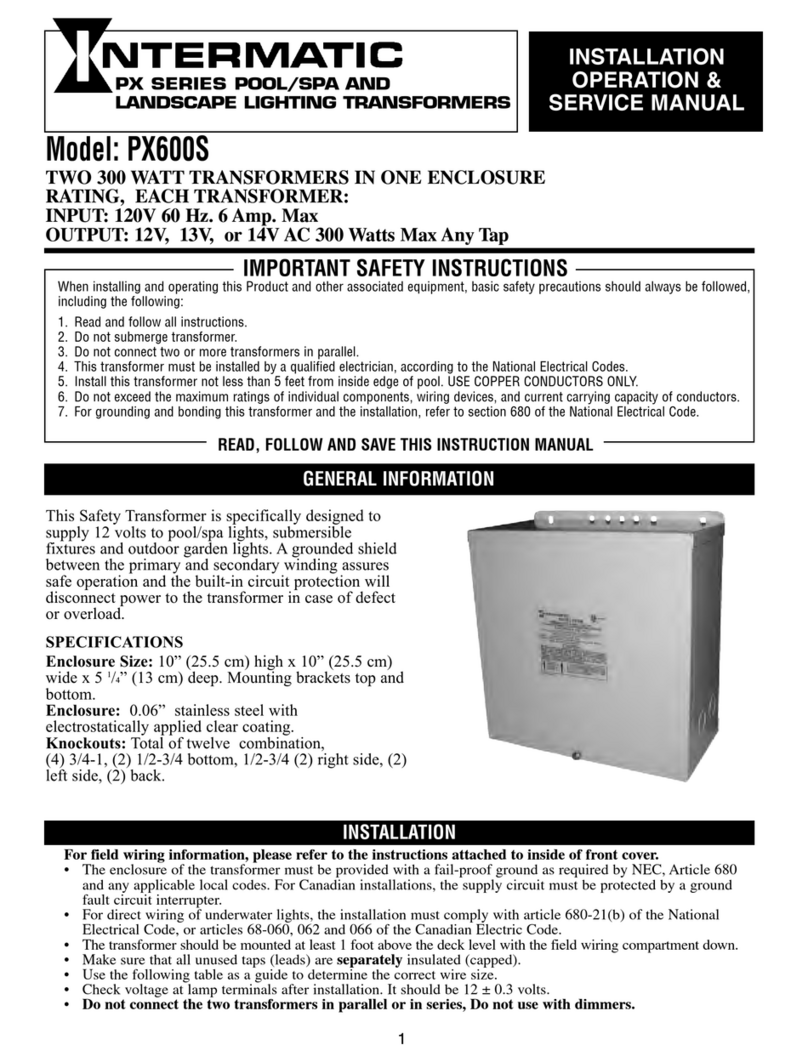
REMOTE PHOTOCELL CONTROL FUNCTION FOR PCM12 MODULES
MECHANICAL TIMER SETTING PROCEDURE
LOW VOLTAGE DIMMER
TIMER SETTING PROCEDURE WITH
FIELD INSTALLED PHOTOCELL
TIMER REMOVAL & REPLACEMENT
INSTALLATIONN OF FIELD
INSTALLED PHOTOCELL
Photocell Mounting
1. Mount photocell eye where exposed to sunlight.
2. Run photocell cable with plug end back to transformer enclosure.
3. Locate square shaped hole in enclosure bottom and feed plug through to socket on PCM12 marked “P OTOCELL INPUT’. Plug photocell in.
4. To test, apply input power to transformer and turn photocell control knob to position 6. “DUSK TO DAWN’.
5. Cover photocell eye completely. Transformer should turn on within 5 minutes.
6. Uncover photocell eye for normal operation.
Timer Setting:
Timer does not require time-of-day setting or battery backup
maintenance. It depends on the photocell “darkness signal”
to begin the ‘on duration’ cycle. It has six modes of operation.
• By moving the dial to one of the four ‘on time’ switches (2,
4, 6, 8 hours), you tell the unit to turn on at darkness, begin
timing, and turn off when the selected time period ends.
• With dial turned to ‘DUSK TO DAWN’, the timer never
activates, allowing the unit to operate from dusk until dawn.
• To test your system during daylight hours, use “ALL ON
/TEST” to override the photocell and turn the system on.
Whenever input power is applied to the transformer, the lights
will remain on.
1. Turn the outer rim of the timer face (the section
with numbers) Clockwise until the arrow on the inner
rim points to the approximate time of day.
Note: The numbers on the timer face correspond to
the hours in a day. Each hour is divided into four fif-
teen-minute sections.
2. To set time ‘ON’: Locate push pegs on the outer rim
of the timer face and firmly push pegs outward from
the timer face until you hear and audible ‘click’
Note: Each peg keeps light or appliance ‘ON’ for fif-
teen-minute sections. Use as few or as many pegs as
necessary throughout the day. All pegs must be
pushed out between the desired hours of on time.
3. Time ‘OFF’ is automatically set by leaving the pegs
flush against the timer face.
Note: You can set multiple on or off programs.
4. Locate override switch on top of timer Make sure it
is set to ‘AUTO’.
TIP: When equipped with timer, transformer may be
operated manually by sliding override switch to ‘ON’.
When so equipped, the timer supplied with your new
transformer is a removable (plug-in) style. Located
inside the cover of the transformer enclosure. It can be
pulled out and replaced with a new timer, remote
photocell module, or remote control module. To
replace a timer, simply grasp both sides of its plastic
case and pull firmly. Next, remove the timer plug from
the timer.
To install a new timer, insert timer plug into timer
before plugging into transformer’s timer receptacle.
1. Turn input power off.
2. Select a location or mount the photo control so
that artificial light doesn’t cause the unit to turn off.
Do not install the photo control so that it directly
faces the midday sun. Take care to keep the photocell
EYE free of obstructions.
3. The photo control can be mounted in any approved
outdoor junction box or fixture.
4. Wire the photo control according to the illustration.
5. Switch power on. The controlled load should turn
on regardless of whether you are installing the unit
during the day or at night.
6. If it is daylight the control should switch off within
a few minutes.
7. If a timer is also installed, it must be set to turn on
during daylight hours, then off at desired time. (see
below)
The combination timer and photocell is designed for
photocell-on, timer-off operation.
1. Set ON TIME during daylight hours - 2 PM or so.
2. Set OFF TIME at desired off time.
3. Set timer dial to the current time of day.
EXAMPLE: For on at dusk, off at 12 PM, PUS OUT
all 40 pins between 2 and 12 PM.
Tip: It is normal for the transformer to temporarily
turn on during daylight at the timer on setting.
Approximately 5 minutes is required for the photocell
to stabilize and turn the unit off.
Tip: When equipped with plug-in timer and photocell,
normal operation requires uninterrupted 120 volt
power.
Justin transformers are ready for use with a low volt-
age system (inductive load) dimmer. When wired in the
120 volt line, the dimmer will allow you to adjust dif-
ferent levels of lamp brilliance. Your transformer will
not work with any dimmer not specifically designed for
low voltage systems. A dimmer can be installed at the
120v Accessory Terminal. (Item LVD 1000K)
Although low voltage lighting systems operate with a
minimum of maintenance, occasionally some prob-
lems will occur. ere are solutions to some of the
most common problems.
Entire system will not operate
1. Check 120-volt outlet to ensure you have power to
outlet.
2. Check or reset circuit breakers on transformer
3. Check low voltage cable connection at transformer.
4. Check transformer alone by disconnecting low volt-
age cable from output terminals, by passing timer
and/or photocell.
System operates for 15 minutes, and t en
turns off.
1. Timer incorrectly set. See setting procedure.
Circuit breaker on transformer trips
1. Check end of cable to ensure copper strands are
not touching.
2. Check connection of cable at transformer to ensure
copper strands are not touching.
3. Recalculate total wattage to ensure that you have
not exceeded rated wattage of transformer or circuits.
4. Check for other shorts at fixture connection points.
TROUBLESHOOTING CHECKLIST
PRODUCT WARRANTY
ALL JUSTIN, INC. TRANSFORMERS AND CONTROLS
(EXCLUDING PLUG-IN TIMERS AND PHOTOCELLS)
ARE GUARANTEED TO BE FREE OF DEFECTS IN
WORKMANSHIP AND MATERIALS WITH NORMAL
USE FOR A PERIOD OF 10 EARS FROM THE DATE
OF MANUFACTURE STAMPED ON EACH UNIT. LIMITED
LIFETIME WARRANT ON STAINLESS STEEL UNITS.
FOR WARRANT SERVICE, THE PRODUCT MUST BE
SHIPPED PREPAID TO THE FACTOR IN IT’S ORIGINAL
PACKING CARTON. JUSTIN, INC. RESERVES THE RIGHT
TO MAKE THE FINAL DETERMINATION REGARDING
WARRANT VALIDATION. AN TRANSFORMER
JUDGED IN WARRANT WILL BE REPAIRED OR
REPLACED AND RETURNED TO IT’S OWNER AT NO
ADDITIONAL COST. AN UNIT JUDGED OUT OF
WARRANT WILL, AT THE OWNER’S OPTION, BE
EXCHANGED WITH A NEW UNIT AND CHARGED AT
OUR CURRENT PRICING, RETURNED FREIGHT COLLECT.
TRANSFORMER
RECEPTACLE
PHOTOCELL
INPUT
ALL ON/TEST
DUSK TO
DAWN
2 HRS.
4HRS.8 HRS.
6 HRS.
OFF/RESET
AT TENTION: See Installation & Operation
Instructions on bottom of this plug-in module

